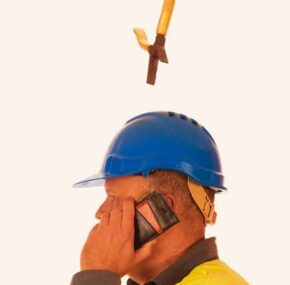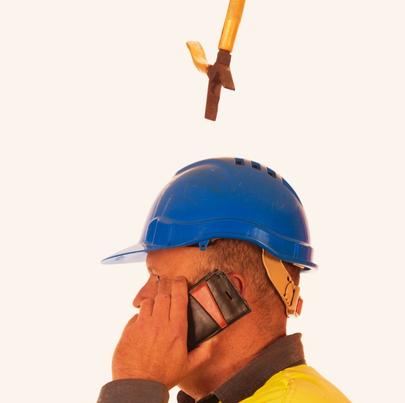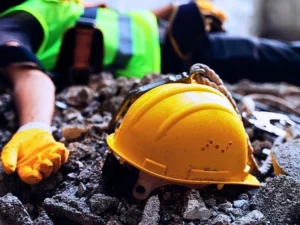According to OSHA, an average of 143 objects fall and strike workers every day in the United States, leading to serious workplace injuries and deaths. Part of the problem is that too many companies rely only on personal protection equipment, debris nets, and toe boards to protect workers from falling objects. Instead, they should also be focusing on how to prevent tools and equipment from falling in the first place. Expanding an existing worker fall protection program to include tools and equipment is easier than implementing a new drop prevention program.

The Danger Associated with Dropped Objects
The oil and gas industry has developed the Dropped Object Prevention Scheme (DROPS) to classify the consequences of a dropped object:
- Light: Limited or no injury requiring minor first aid at most
- Minor: A non-fatal work-related injury where the employee has received medical treatment beyond initial first aid and did not need to take days off from work or require accommodations. This is considered the beginning classification for reportable incidents.
- Major: A nonfatal traumatic injury referred to as a Lost Time Incident (LTI) that causes the employee to miss a day or more of work.
- Fatality: An injury or trauma that results in death.
According to DROPS’ research, an item that weighs less than three pounds can cause death when dropped from 30 feet.
Using Fall Protection Gear for Tools
Workers who work at heights wear fall protection harnesses to provide a connection point to tie off to. A similar system can be used for tools. Tools can be secured with lanyards, wristbands and attachment points that allow the tool to be used with no or little interference.
Heavier tools that weigh more than five pounds should be secured to a site-approved anchor point or fixed structure that is secure enough to use for tethering. It is important to pay attention to the tether and attachment point’s load ratings. The lesser of the two should be used as the maximum for the allowed weight.
When purchasing tool protection gear, it is important to remember to be brand loyal. System components are often designed to work together to be most effective.
It is expected that within the next decade OSHA is likely to mandate that all tools will need to be tied off. But until OSHA issues their mandate, workers, and companies should begin to do it on their own to protect their workers.







